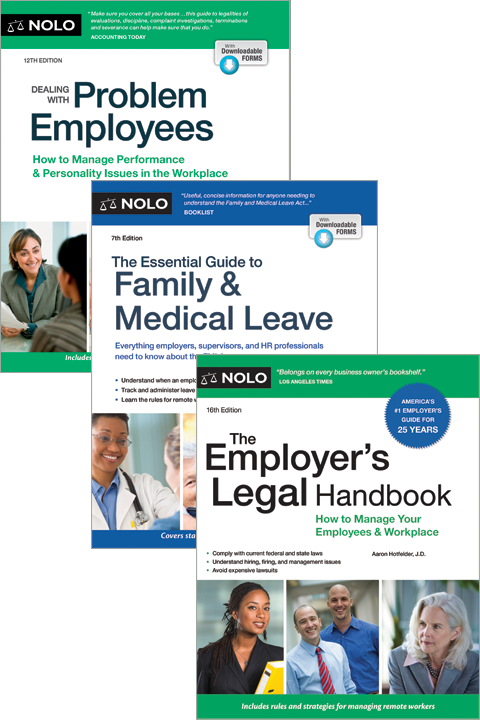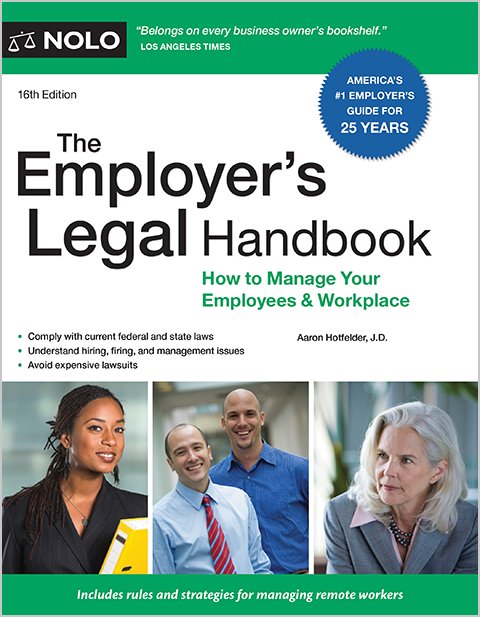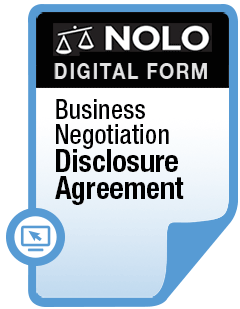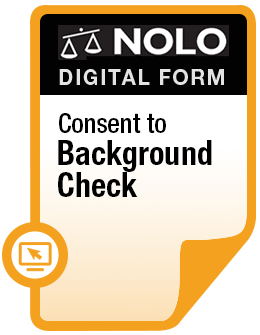If you lose your job, protect your legal rights with documentation.
If you've been fired or laid off from your job, it's always a good idea to collect documents and paperwork related to your job termination. Documenting the decision-making process that led to your termination is crucial if you plan to take legal action over your job loss. (For information on when you can take legal action for wrongful termination, see Nolo's article Wrongful Termination: Was Your Firing Illegal?) Even if you decide not to challenge the legality of your firing, you'll be in a better position to protect your workplace rights if you keep a record of what happened just before and during the termination process. For example, if your former employer challenges your application for unemployment insurance benefits, you will typically need to prove that you were dismissed for reasons beyond your control.
Here's a look at some time-tested ways to document the circumstances of your firing.
Keep a Paper Trail
If you sense that something has gone wrong in your relationship with your employer, you can take action even if there has been no formal disciplinary action against you. Make a record of each work-related event, such as performance reviews, commendations or reprimands, salary increases or decreases, and even informal comments that your supervisor makes to you about your work. Note the date, time, and location of the event, who was involved, and whether there were witnesses. Whenever possible, back up your log with documentation -- such as copies of employment policies, memos, or reviews. But always make sure you have a legal right to these documents: If you take something your employer considers confidential or otherwise off-limits, you might find yourself in legal trouble down the road, particularly if you file a lawsuit challenging your firing.
Ask to see your personnel file and make a copy of all reports and reviews in it. If you fear someone may tamper with your personnel file after you take legal action, make an extra copy of your file or of relevant reports or performance reviews, and mail them to yourself by certified mail. Then, should matters heat up later -- or should a court battle become necessary -- you will have dated proof of how the documents looked before any tampering took place.
Get a Written Explanation for Your Termination
You might want to ask your former employer for a written explanation of why you were fired -- to see whether their reasons mesh with your own hunches and to use as documentation in a wrongful termination lawsuit, if it comes to that.
Request a Service Letter
Some states have laws (sometimes known as service letter laws) that require employers to provide former employees with letters describing certain aspects of their employment -- for example, their work histories, pay rates, or reasons for their terminations.
If you live in a state that has a law requiring service letters but your former employer hasn't given you one, make a written request for the service letter. Some states specify a time limit for requesting service letters. If possible, you should make your request within a day or two of your dismissal to make sure that you meet any deadlines and to prevent the passage of time from affecting people's memories. Send your request for a service letter to your employer by certified mail.
When asking a former employer for a service letter, you are asking for the truth, the whole truth, and nothing but the truth. But reasons for firing are subjective, and you may not like what you read. You might even be tempted to sue for defamation over what is written in the service letter. However, a number of states specifically protect employers from defamation lawsuits over what they have written in a service letter. Most laws do require a former employer to provide a service letter that is "truthful" or "in good faith" before they can take advantage of this protection.
If you live in a state that does not have a service letter law, your employer might not offer you any written explanation for your firing. If this happens, ask the person who officially informs you of your firing for a written explanation of the company's decision to dismiss you.
If your employer refuses to give you written documentation of the reasons for your dismissal, you may be in for a wait -- and some extra work -- before you get it. If your state is among the majority that has no laws requiring service letters, there is not much you can do to force the issue at the time of your dismissal. You may eventually learn the reasons why you were fired through laws that give employees access to their personnel files or through the discovery process if you file a wrongful termination lawsuit.
If you can't get a service letter, you might want to write a letter of understanding to the person who fired you (see the sample letter, below). This is especially important if you received mixed messages when you were fired. Although you should mail your letter of understanding promptly, it is usually best to let it sit for a day or two after writing it. Then, read it over again to make sure you have kept it brief and professional. Send your letter of understanding by certified mail so that you will be able to prove that the company received it.
If the company does not respond to your letter after a month or so, you can probably assume that the reason you stated in your letter of understanding is correct.
More Documentation of Your Firing
In the weeks following your firing, other important forms of documentation for your dismissal may come your way. For example, if you file a claim for unemployment compensation, your former employer will need to respond to your claim. Eventually, your employer's response will be translated into a document that your local unemployment insurance office gives you, and it should indicate why you lost your job.
No matter how or when documentation of your firing comes your way, you should store all relevant records in a safe place -- like a file folder or even a shoebox -- where they will not get lost or destroyed and where you can find and organize them easily.
For more information on employee rights, including tips on protecting your legal rights if you lose your job, see Your Rights in the Workplace, by Barbara Kate Repa (Nolo).
Contact an Attorney
If you've been wrongfully terminated from your job, don't wait to contact an employment law attorney to discuss your legal options. Hiring an attorney will give you the best chance of negotiating a successful settlement or prevailing on your wrongful termination claim in court.
Talk to a Lawyer
Need a lawyer? Start here.
How it Works
- Briefly tell us about your case
- Provide your contact information
- Choose attorneys to contact you
- Briefly tell us about your case
- Provide your contact information
- Choose attorneys to contact you



